Knowledge is a powerful tool, as it helps make the best decisions for oneself and others. So, if you are up for gaining detailed information about light bulb shapes, bulb sizes, and various types of bases- continue reading the blog.
Light Bulb Shapes
Thomas Alva Edison, a most unusual boy, is often attributed with the invention of the light bulb. However, much before he patented the invention in the year 1880, British scientists were demonstrating electric arc lamps. For the next 40 years, scientists frivolously worked on different versions of incandescent bulbs. It was only after the invention of the light-emitting diodes (LED) that the world could think of energy-efficient lighting fixtures. Later, Shuji Nakamura’s successful invention of the ultra-bright blue LEDs in the year 1994 paved the way for the LED light bulbs that have now become a worldwide favorite!
Okay, that was a brief introduction to light bulbs. Now, let’s take a look at the different light bulb shapes available:


A-Series
Arbitrary or type A bulbs are known as the ‘standard’ light bulb size. These bulbs feature the classic household incandescent light bulb shape that resembles the letter ‘A’. The various A-style light bulbs you can find are as follows:
A15, A17, A19, A21, A23, and A60.
By nomenclature, the letter ‘A’ indicates the shape and the number following it is the diameter of the bulb in eighths of an inch. Therefore, you can identify the type A light bulbs by noticing a difference in their size. For instance, an A19 bulb is the ‘classic A-shape’ and its diameter would be 19/8”.
These bulbs are popular general lighting products in table lamps, wall, and ceiling lighting fixtures. Albeit, consumer reports suggest that A19 and A21 bulb sizes are the most common in household applications. Furthermore, the A-Series bulbs come in Incandescent, CFL, LED, Metal Halide, High-Pressure Sodium, and Mercury vapor technologies.
AR-Series
B- Series:
Light bulbs from the B-series feature blunt tips and you can see that they resemble the shape of a torpedo or a blunt bullet. These bulbs are popular for use in chandeliers and other decór lighting products. You can find the following variants of the B-series:
B8, B10, B11, B13
BT-Series:
The BT-series features bulged, bulbous, or blown tube-shaped light bulbs. In essence, these are T bulbs that have had the glass blown so that they appear to have a bubble in the middle. BT bulbs are popular in sports arenas, car dealerships, canopy, and industrial lighting applications.
You can find these bulbs in the following variations:
BT15, BT20, BT28, BT37, and BT56.

The numbers on a BT bulb’s label denote its diameter in one-eighth of an inch. Therefore, if you see a bulb labeled as BT15, know that its diameter would be 15/8”.
BR-Series:
The BR-Series features a short reflector. The bulbs are all known as bulged-reflector types, as the reflector bulges out slightly. Since BT bulbs allow effective internal reflection, they are one of the most energy-efficient reflector-type bulbs. The different sizes of BR bulbs available are as follows:
BR25, BR30, BR38, and BR40.
BR bulbs are popular in track and recessed lighting projects. The most popular bulbs from this series are BR30 and BR40. Furthermore, these bulbs are available in Incandescent, CFL, HID, and LED technologies, making room for choice!
C- Series: Similar to the B-Series bulbs, C bulbs resemble torpedoes or bullets. However, these conical bulbs feature a tip, instead of a blunt version. Since these bulbs are popular in chandeliers and decorative lights, they are also known as ‘candle bulbs.’ Other applications of these bulbs include marquee decorations, indicators, and appliance lighting.
You can find these bulbs in the following variations:
C6, C7, C9, C11, and C15.
If you want these, they are available in the form of Incandescent, CFL, HID, and LED bulbs.

CA- Series:
Again, CA bulbs are popular candelabra lights. Nevertheless, these bulbs come with bent tips, instead of straight or blunt ones. It is the slight bend on the tips that gives them the name- Candle Angular bulbs.
The different sizes of candelabra lights available are as follows:
CA5, CA7, CA8, CA10, and CA11. Furthermore, you can find these bulbs in Incandescent, CFL, HID and LED technologies.
CP-Series:

Also known as Crystalline Pear bulbs, the CP- series features an aesthetically pleasing hexagonal shape. These bulbs are popular in decoration lighting applications, such as chandeliers, light strings, and Christmas lights. These are miniature bulbs and are available in the forms of incandescent, CFL, HID, and LED light bulbs.
E- Series:
Ellipsoidal or E-series features bulbs that have an elongated appearance. They are widely used in various light fixtures, such as wall sconces, pendant lights, and general lighting applications. Different sizes of -series bulbs that you can find on the market are as follows: E17, E18, E231/2, E20, E23, E25, and E37.

The numbers mentioned after the letter ‘E’ denote the diameter of the bulb at the widest point in 1/8th of an inch. Also, these bulbs are available in incandescent, CFL, HID, and LED technologies, making it easier to find the best alternative for residential, comercial, and industrial applications.
ED- Series:
Also known as Ellipitcal Dimple, ED bulbs feature an elongated shape with a dimple at the top. Considering the bulbs from this series appear like domes, you can also refer to them as Elliptical Dome-shaped bulbs.
You can find these bulbs in the following variants:
ED17, ED18, ED23.5, ED28, ED37.
As with most bulb types, the numbers are written after the letters ‘ED’ suggest the bulb’s diameter in 1/8th of an inch.

The most common applications of these bulbs include area lighting, Accent lighting, Sports lighting, and Security lighting. However, you must understand that one has to get the right lumen output for creating the desired lighting conditions with these bulbs.
In essence, the elliptical shape offers adequate space for housing the arc tube of high-intensity discharge (HID) light bulbs. In other cases, when the ED bulb features a different technology, the dome shape or dimple serves aesthetic purposes. Apart from HID, these bulbs come with Metal Halide (MH), Sodium Discharge, Mercury Vapor, and LED technologies.
ER-Series:
Extended reflector or ER-Series features bulbs that offer a high lumen output by redirecting the light from the sides to the front handout of the bulb. The elliptical reflector is a unique design that helps project the light farther than other types of reflectors, making them an excellent choice for use in deep recessed can lights.
The various sizes of ER bulbs that you can find on the market are as follows:
ER20, ER28, ER30, ER36, ER37, and ER40.
These light bulbs are available in incandescent, CFL, HID, MH, Sodium Discharge, Mercury Vapor, and LED technologies. Albeit, the most popular bulb from his series is the ER30, as it is widespread in residential and commercial recessed lighting applications.

F-Series:
Mentioning candle bulbs too many times can get confusing, nevertheless, you must know about the bulbs from F-series. Also known as Flame-tip or Flambeau, these bulbs look like candle flames and have irregular grooves on the surface. They provide an aesthetically pleasing lighting effect and are popular among hoteliers and homeowners alike!
The various sizes of Flambeau bulbs available for various decór lighting projects are as follows:
F10, F15, and F20. Wherein, the numbers written after the letter ‘F’ denote a bulb’s diameter at its widest point.

F-series bulbs are popular in chandeliers, pendant fixtures, and similar applications. While Incandescent, CFL, HID flame-tip bulbs have been around for a very long time, you can also find LED light bulbs with a flambeau design!
G-Series:

Globe or G-series bulbs feature a round shape. Since the top of these light bulbs is bigger than the base, you will not have a hard time identifying and distinguishing them from other types of round bulbs.
These bulbs are popular in decoration lighting applications and are available in the following variations:
G9, G11, G12, G16, G161/2, G19, G25, G30, G40, G90, G95, and G125. The size of a G-series bulb is its diameter at the widest point. Wherein, the numbers after ‘G’ denote a bulb’s diameter in 1/8th of an inch.
It is easy to find the G-series bulbs in Incandescent, CFL, HID, and LED technolog
H- Series:

Finally, here’s a bulb type that bears a different name than what appears in the initials. The H stands for Chimney, as these bulbs replicate the shape of a traditional oil lamp’s chimney. In essence, chimney bulbs are popular in decoration lighting projects. Furthermore, the most common size available is the H19 bulb.
HK- Series:

Also known as the Hexagonal Candle style, these bulbs resemble the size of candle bulbs. However, the hexagonal construction of the bulbs gives them a distinctive appearance.
The light from these bulbs reflects more than other small bulbs, thus making them suitable for use in chandeliers and other decorative fixtures. Furthermore, you can find hexagonal candle style bulbs in Incandescent, CFL, and LED technologies.
J-Series:

Also known as Halogen Bulbs, the J-series is suitable for security lighting applications. In general, these bulbs feature recessed single electrical contact. Although these bulbs are available in several wattages and voltages, the most common size is 3/8 inch.
If you were to buy a halogen bulb, you will be able to find them in halogen as well as LED technologies.
K- Series:

Before LED lights were popular filament bulbs were popular in general-purpose lighting applications. In the yesteryears, the bulbs from K-series were filament bulbs that consisted of krypton instead of halogen. In comparison with halogens, krypton bulbs produced whiter and brighter light. However, nowadays you can find bright krypton bulbs in LED technology. The shape of these bulbs resembles the reflector bulbs, however, they are smaller in size and feature a narrow reflector.
L- Series:

Also known as linear lights, the bulbs from L-series feature a tubular shape. The most common linear bulbs that you may have seen are fluorescent and LED tube light fixtures. These bulbs are suitable for indoor and outdoor general lighting applications and you can find them in several wattages and voltage options.
The various sizes of Lshaped bulbs are T2, T4, T5, T8, and T12, wherein:
The letter ‘T’ refers to the linear shape and the numbers that follow tell the diameter of the light bulb in 1/8th of an inch. Therefore, if you choose a T8 bulb it will have a 1-inch diameter. These light bulbs are available in both fluorescent and LED technologies. Furthermore, you can also find these bulbs in single or double-ended forms.
MR-Series:

Also known as quartz, multi-faceted, or mirror-reflector types, MR bulbs are useful in spotlighting and accent lighting applications. These bulbs are popular in residential and commercial lighting applications.
The design of these bulbs allows projecting the maximum amount of light towards the front of the lamp, allowing it to gather the light from the filament and provide a concentrated (narrower) light beam. This shape is popular in small lamps and is the narrowest of the reflector bulb types (2 inches in diameter or less). Contrary to conventional MR bulbs, LED versions do not feature reflectors.
Many MR bulbs operate on low-voltage settings, making LED MR versions a product-market-fit. Therefore, if you are looking for a low-voltage light bulb, considering MR light bulbs makes sense!
MR light bulbs are available in two sizes: MR11 and MR16. These bulbs are available LED technology, which is an energy-saving alternative for conventional. It is often narrower at the tip than at the bulb, giving it a wedge shape that light bulbs.
P-Series:

Pear lights or P-series bulbs look similar to A series bulbs, except they have a more rounded body and resemble a pear. Typical sizes that you can easily find are PS30 and PS40. While PS30 light bulbs are popular in office buildings and retail stores, PS40 light bulbs are suitable for installation in radio towers, cellular towers, bridge power lines, and high tension wires.
PC- series:

PC or Ogive bulbs are distant cousins of pear-shaped light bulbs. As the name suggests, these bulbs feature a pear-like structure with a pointed or ‘gothic’ arc at the top. Ogive light bulbs are popular in decorative applications and you can find them in Incandescent. CFL, and LED technologies.
PS- Series

PS or Pear-straight type bulbs feature a pear-like shape. However, unlike the P-series bulbs, these have an elongated neck with a round top. These are also known as Elongated standard bulbs.
You can find these bulbs in two sizes: PS25 and PS35. Also, they are available in Incandescent, CFL, and LED technologies. Pear-straight bulbs are popular in general lighting applications in residential and commercial spaces.
PAR-Series:

Parabolic Aluminized Reflector or PAR-series features bulbs that come with a parabolic reflector. A thick lens or optic glass provides controlled light beams, making it possible to produce bulbs with various beam angles.
The most common uses of PAR bulbs are in theatrical lighting, and in homes for accent or art lighting applications. Unlike the BR-series, PAR bulbs have a shorter body. They feature a modern profile and it is easy to find water-proof versions.
The various sizes of PAR bulbs that you can find are as follows:
PAR14, PAR16, PAR20, PAR30, PAR30 (long neck), PAR36, PAR38, PAR46, PAR56, and PAR64.
PAR bulbs are available in incandescent, CFL, and LED technologies.
PL-Series:

Also known as plug-in types, PL-series bulbs offer an easy installation. During the time when CFL lights were popular, PL bulbs were a big deal, as you could see them everywhere. However, with the advent and accessibility of LED technology, it is now easy to find LED-PL bulbs.
PL bulbs are available in twin-tube, triple-tube, and quad-tube variations and you can find them in CFL as well as LED technologies.
Variants of the PL series are as follows:
PL-L: plug-in lamps in the long version.
PL-S: plug-in lamps in a short version.
PL-T: plug-in lamps with triple compact fluorescent turns (3U).
PL-C: plug-in cluster fluorescent lamps.
PL-R: radius model (round socket) plug-in lamps.
PL-H: high output plug-in lamps.
PL-Q: Quadrant (2D) shaped flat lamps.
R-Series:
R-series bulbs or reflector bulbs come with an inbuilt reflecting surface. The reflector design of these bulbs allows pushing the light output towards the front, instead of scattering all around. These light bulbs are suitable for installation in recessed cans or track light fixtures for residential, retail, hotel, and restaurant downlighting applications.

The various sizes of R-bulbs that you can find are as follows:
R12, R14, R16, R20, R25, R30, and R4. The most common size is R20 and if you are willing to buy one of these bulbs, you can go for either Incandescent, CFL, or LED technology.
RP and S- Series:
RP and S-series feature miniature bulbs, however, there is a slight difference in their appearance. The reflector parabolic, rounded pear, or RP bulbs feature a pear-like shape, whereas the Straight-side, Sign, or S bulbs appear to be flatter on the top.

Both RP and S-style bulbs are suitable for use in outdoor signs and decorative applications. The various types of bulbs you can find in this series are:
RP11, S6, S8, S11, and S14. These bulbs are available in incandescent, CFL, and LED technologies.
ST- Series:

Straight Tapered or ST bulbs feature an elongated shape, making them an extended version of the Sign bulbs. These bulbs are popular in marquees and commercial signage applications. The most common size of these miniature bulbs is ST18 and you can find them in incandescent, CFL, as well as LED technologies.
T-Series:
Do not mistake the T-series bulbs for those from the L-series. Tubular or T-series features bulbs with a cylindrical tube shape. Like standard bulbs, T-bulbs take power from one end and are popular in general lighting applications in offices, retail outlets, hospitals, and garages.
The various sizes of Tubular bulbs you can find ae as follows:
T3, T4, T41/2, T5, T51/2, T6, T61/2, T7, T71/2, T8, T9, T10, T14, and T20.

Since these bulbs are more functional than decoration, you can spot them in appliance lighting. While these bulbs are available in incandescent, CFL, and LED technologies, you can also find high-intensity discharge (HID) type tubular bulbs.
Other Types:

If you see the bulbs from the U-series, notice that they are linear tube lights that have been configured into a U-shape by bending. Circline bulbs, on the other hand, are tube lights that are bent to form a circular light bulb. Whereas Linestra bulbs are Linear tube lights with a single electrical contact.
Light Bulb Sizes

The above list includes names of various lighting fixtures, regardless of the technology they feature. While it is obvious that all of the light bulbs have different sizes, how do you know which one will match a lamp holder? Since light bulbs come in a variety of sizes and shapes, you’ll have to choose the right fit, depending on where you intend to use them.
An A19 bulb with an E26 base is the standard light bulb in U.S. households. As discussed earlier, the letter ‘A’ or Arbitrary refers to the bulb shape. The letter ‘E’ denotes that the bulb has an Edison Screw and the number ‘26’ means the base has a diameter of 26mm. The number 19 designates the size of the bulb. Take a look at the light bulb size chart that follows for reference:
Light Bulb Base Types
If you believe that the concept of one-size-fits-all is applicable to everything in this world, consider rethinking! Apart from a few clothing items, some citrus squeezers, and most fried foods, there is no such thing as an ultimate-fit! Therefore, when shopping for a light bulb, you must keep an eye on the base.
Many times, you will pick the right bulb according to a fixture(socket/tombstone) into consideration and find out that it wasn’t something you needed. On other occasions, you may get the right kind of base, yet end up in dismay after knowing that it’s a misfit! It’s like going to the convenience store to buy a pack of instant noodles only to regret the chosen flavor!

Screw-in Base:
Edison-Screw Base: The Edison base, which is also known as the E-style base is one of the most commonly found light bulb bases in the world. It is available in several variations and each one has a different size. The common names and sizes of various E-style bases are as follows:
E39 - Mogul base measures 39 mm (1.535 in).
E26 - Medium base measures 26 mm (1.024 in).
E17 - Intermediate base measures 17 mm (0.669 in).
E12 - Candelabra base measures 12 mm (0.472 in).
E11 - Mini Candelabra base measures 11 mm (0.433 in).
E10 - Miniature base measures 10 mm (0.394 in).
E5.5 - Midget base measures 5.5 mm (0.217 in).
Twist and lock base:
Twist and lock bases are different from Edison screws. Bulbs with this base have 2 pins protruding from the bottom, instead of the usual screw-in base. To install the bulb, you would insert the pins into the corresponding holes in a socket and twist the light bulb to lock it into place.
Different Twist and lock bases available are as follows:

GU10 and GU24. The difference between both is in the distance between the pins of the bayonet bases. While the GU10 base has the pins 10mm apart, the G24 base features the pins at a distance of 24mm.
Bi-pin Base:

Pin bases are different from screw base lamps. Bulbs with a bi-pin base contain two pins that stick out of the base and connect the bulb to the power supply. The electrical current passes through the pins and flows into the light bulb, exciting the filament and producing light.
Pin bases are useful in linear fluorescent lights, plug-in compact fluorescent bulbs, and a few types of HID light bulbs. The common types of bi-pin bases available are as follows:
G, GU4, GU5.3, GY6.35, GU8, GY8, G9, and G12.
Fluorescent Base:
Different kinds of fluorescent bulbs have different bases, depending on the technology they use. However, linear preheat and rapid-start fluorescent lamps that need four electrical contacts use a miniature bi-pin base. Circline lamps use 4-pin bases, while most instant-start fluorescents and LED tubes use a single-pin base. The different types of fluorescent bulb bases are as follows:
Mini bi-pin, Recessed D.C., G10Q (4-pin), Medium bi-pin, single-pin, 2GX13, and Axial.

Plug-in Base:
Plug-in light bulb bases feature two or four-pins. In general, the bulbs that use such bases come with an inbuilt ballast. Note that the two-pin bulbs are for use with magnetic ballasts, while the four-pin bulbs are for use with electronic ballasts. In most cases, the sockets used in plug-in fixtures are designed to work with only one style of pin base, ensuring that the installer chooses a light bulb with the right wattage corresponding to the fixture’s inbuilt ballast. Some examples of plug-in bases are G23, GX23-2, G24Q-2, and GX24Q-3.
Specialty Base:
Specialty bases are popular in appliance and decoration bulbs. Here are the different types of specialty bases you may come across:
Festoon base:

A Festoon base appears like a dome or torpedo. These bases are common in appliance bulbs and you are likely to see one on your car’s map lights. Most common festoon bulbs are available in 12 and 24-volts variations.
Medium-side Prong Base:

A bulb with medium- side prong base has two projections or prongs like GU bulbs that hold it in the socket. However, these bulbs are different from those with GU bases as the prongs on them are on one side.
Wedge Base:
 The two pins of a wedge base are the same wires that reach through the bulb, similar to a bi-pin connector. The wires are bent to the base's ends, where they come into contact with the socket. Similar to a bi-pin connector, the two pins of a wedge base are the same wires that reach into the bulb. The wires are twisted until they come in contact with the socket at the base's ends.
The two pins of a wedge base are the same wires that reach through the bulb, similar to a bi-pin connector. The wires are bent to the base's ends, where they come into contact with the socket. Similar to a bi-pin connector, the two pins of a wedge base are the same wires that reach into the bulb. The wires are twisted until they come in contact with the socket at the base's ends.
Bayonet Base:

The bulbs with a bayonet base have projections on the sides that retract while inserting into a socket. The projections provide electrical contacts and there are single as well as double-contact bayonet bulbs. The BA15d base is an example of a double-contact bayonet, whereas the BA15s is a single-contact bayonet base.
Single-contact Base:

Bulbs with a single-contact base have a single pin. This type of base is common in instant-start and rapid-start tube light fixtures.
Cable Bases:

Light bulbs with this type of base feature a cable power connection. The bulbs need direct wiring into the power source. Mechanical switches and valves on electrical devices are common areas of application of this type of base.
Summing up…
This guide is an attempt at giving you a brief overview of different types of light bulbs and the electrical contacts they bear. If you are still having trouble understanding the difference between an E26 vs A19 bulb, you need to go back to the top and start reading again. Instead, you can call us at 815-697-5223 and our lighting experts will help find the right LED light bulbs for various lighting applications!







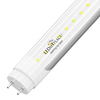
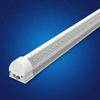
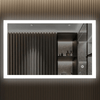


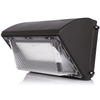


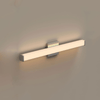




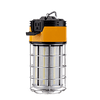
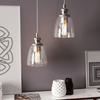


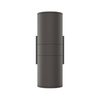










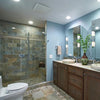
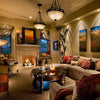
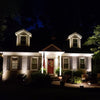
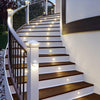

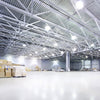
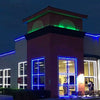


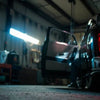
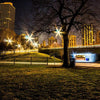

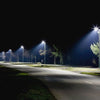




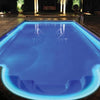
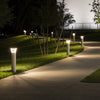
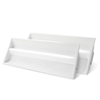




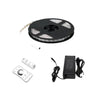


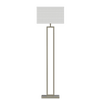

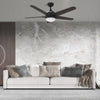

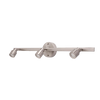

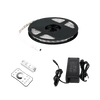


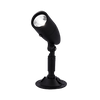
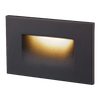




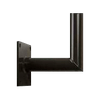
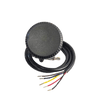
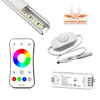



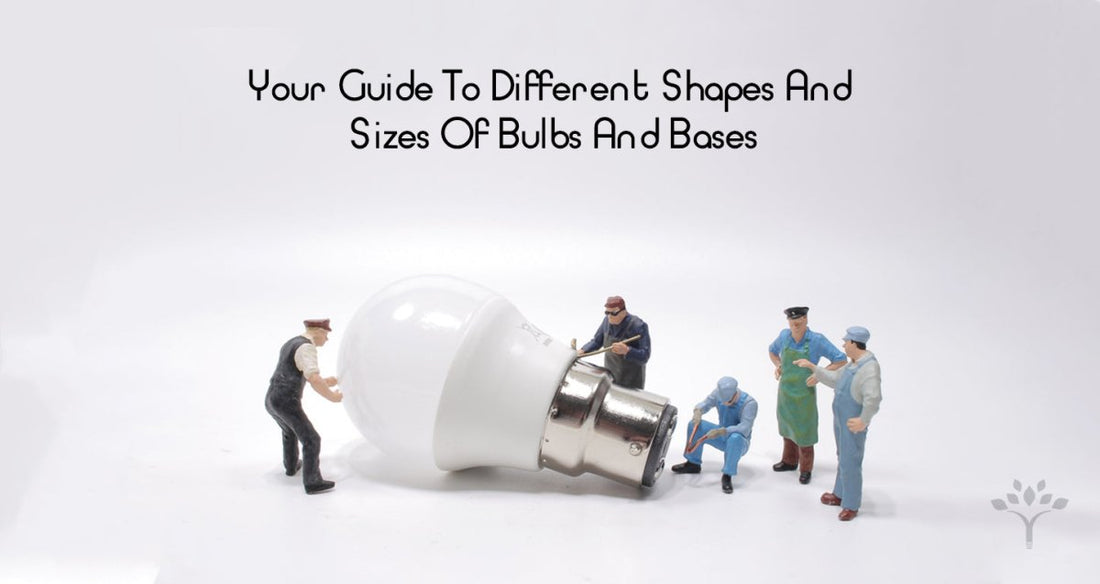
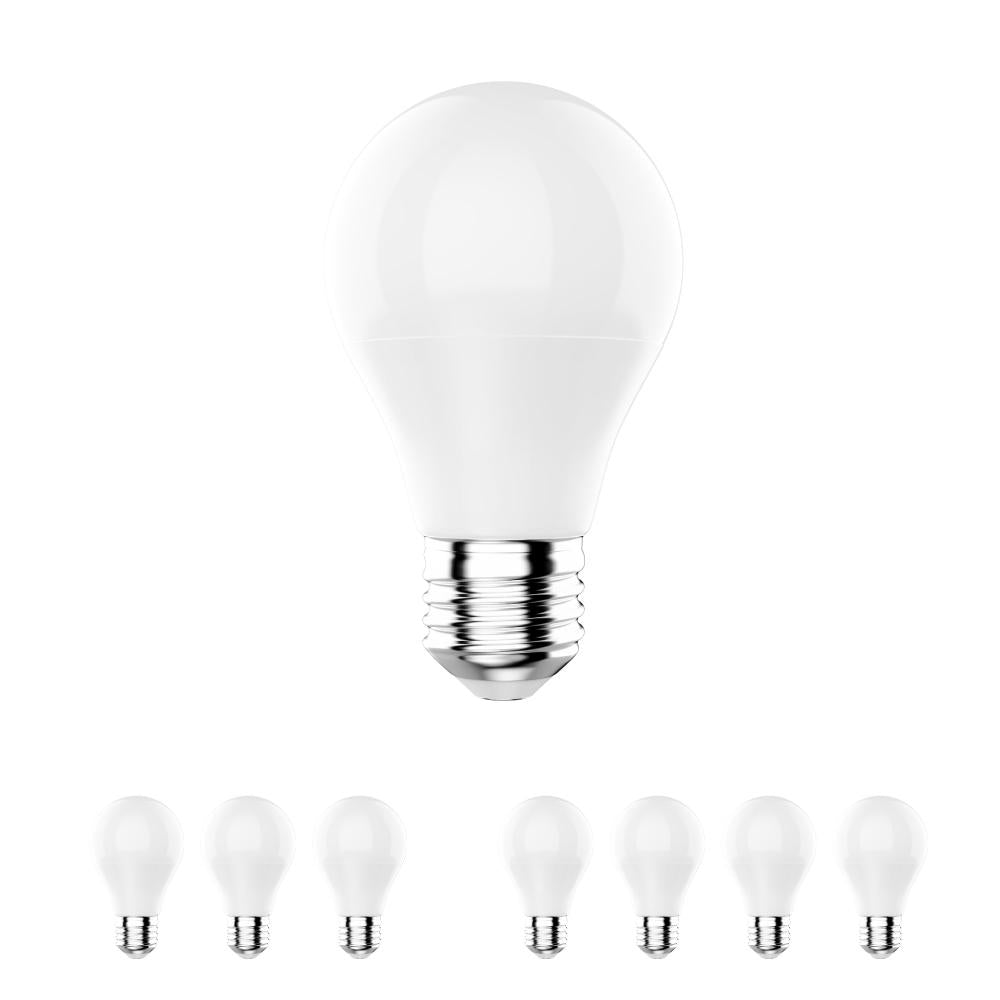
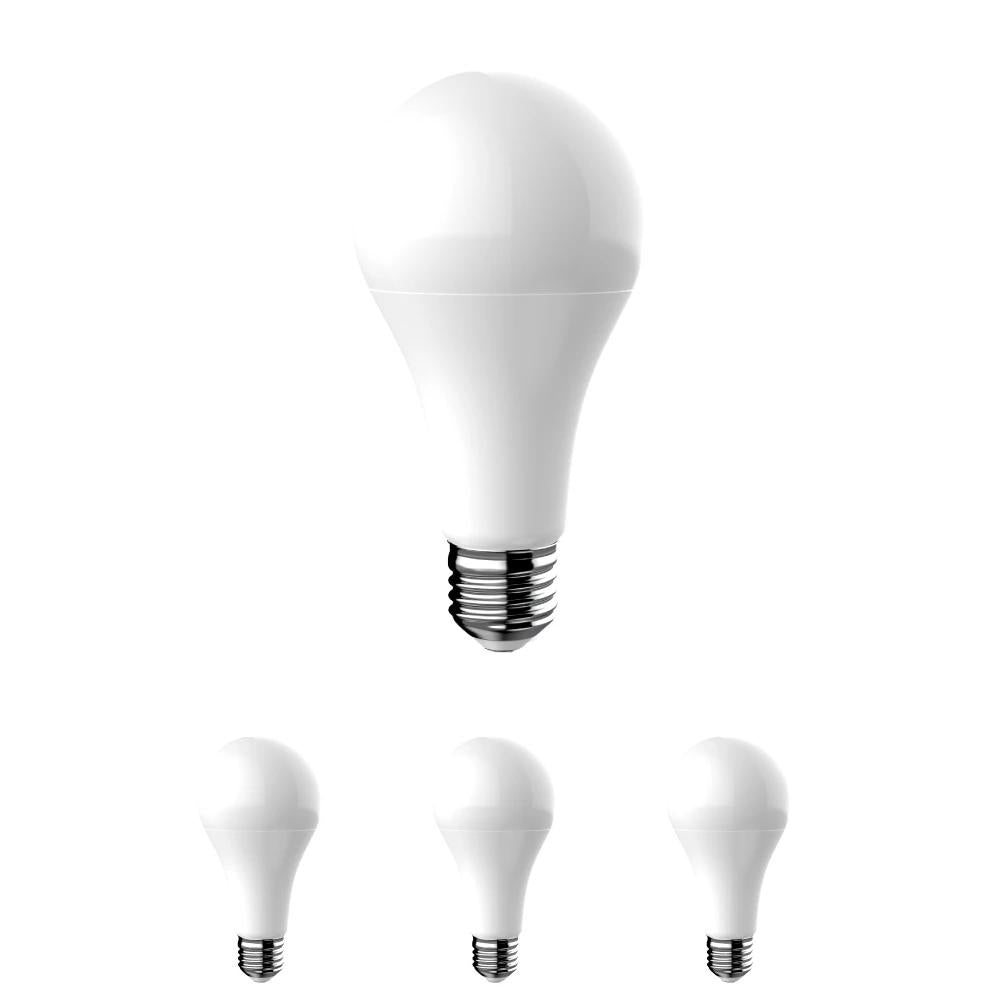
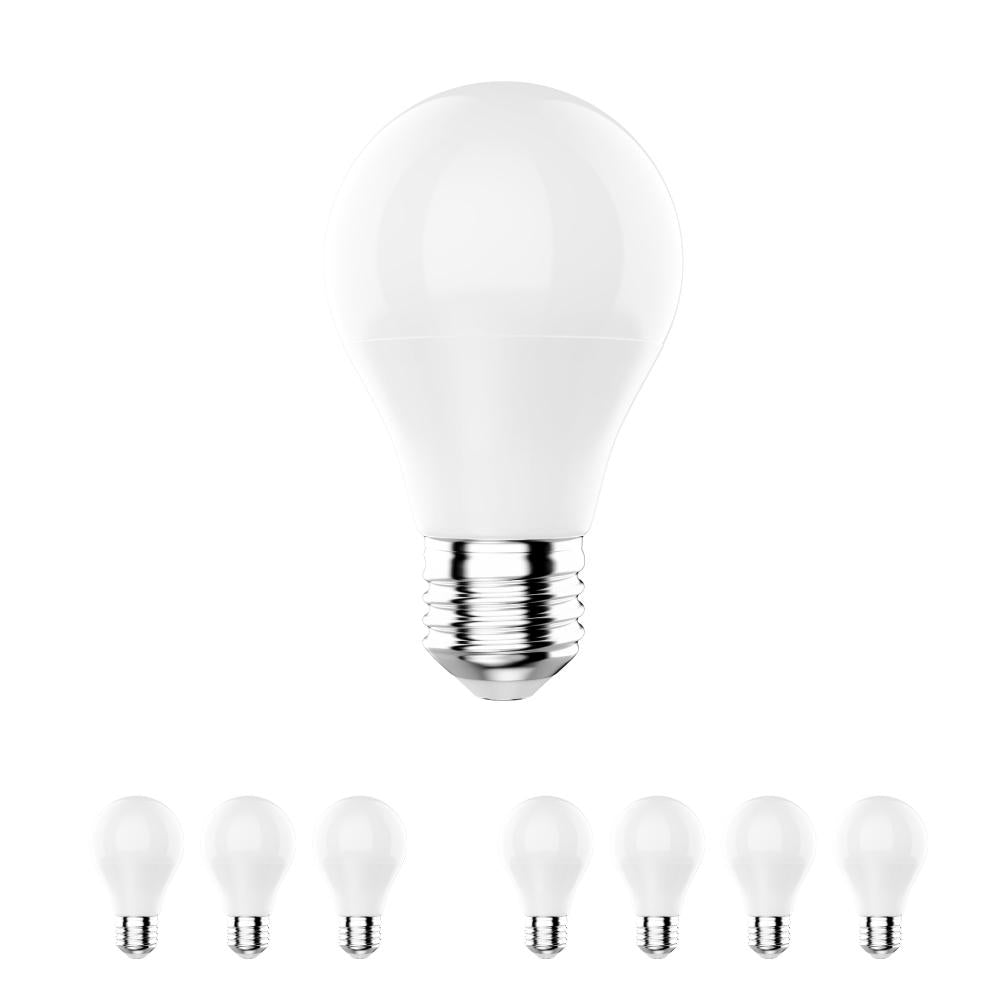
8 comments
Have the weirdest street light socket I’ve ever seen, I have comed the Internet for months, been to every hardware store around me, can’t find that bulb anywhere, is there a way I can send in a photo of the fixture socket for identification ?
This is so wildly helpful. Thank you.
Hi Sandra,
The normal base for Christmas C9 lights is the E17 intermediate base. This is the standard screw-in base size for C9 bulbs, which are larger than the smaller C7 bulbs (which typically use the E12 candelabra base). E17 bases are commonly used for outdoor and holiday lighting, allowing for easy replacement and setup with compatible sockets.
Thank You, Team LEDMyplace
I am wanting to change my regular outside Christmas lights to LED. What is the normal base for Christmas C9 lights?
Nice list! Just an FYI, there is an error: what is marked as pictures of an ED37 metal halide bulb are actually pictures of high pressure sodium bulbs (as can clearly be seen by the long skinny arc tubes that HPS lamps use; metal halide bulbs have a fatter arc tube with a similar shape to that of mercury vapor arc tubes).